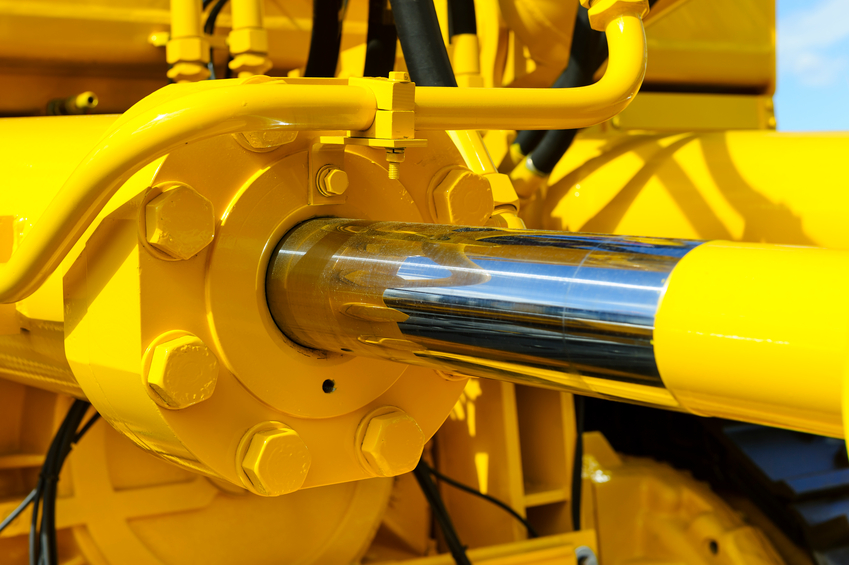
Our partners at Parker, long-time suppliers of O-rings to Gallagher Fluid Seals, offer these common forms of contamination in your hydraulic systems:
- Contamination that comes from manufacturing and assembly, including debris, casting sand, paint, pipe sealant, fibers from cleaning rags and weld spatters.
- Natural contamination, i.e. particulate matter present in hydraulic fluid before filtration. This is why it’s a good idea to pre-filter hydraulic fluid before adding it to a machine’s sump.
- Ingressed contamination, introduced by air breathers, cylinder rod, wiper, and component seals or poorly fitted covers.
- When particles generate larger particles, that leads to what’s known as generated contamination. This type of contamination causes abrasion, corrosion, cavitation, erosion and fatigue from the contact between moving parts.
- Finally, there’s catalytic contamination, which refers to the presence of non-solid contaminants – mainly water, air or heat – that react with other particulates in the hydraulic fluid.
Measuring contaminants
These contaminants typically can’t be spotted by the naked eye. The key to recognizing them is in routine fluid sampling and analysis to identify contaminants at the chemical level. This sort of analysis is usually best left to a lab.
When you can tell what contaminants are present, you can get an indication of their source and how to resolve the problem.
The particle count of a fluid is a strong indicator of how severe the contamination is as well as its potential to cause further harm. There are a number of particle counters available for commercial sale that make it easy and cost-effective to measure particulates.
The importance of inspections
By inspecting a hydraulic system every day, your team can ensure it is addressing contamination and other problems as early as possible. Remember the potential hazards present when working with hydraulic systems; service should be done only by technicians qualified to do hydraulic system plumbing and repairs.
Again, Parker offers some tips for inspecting different aspects of a hydraulic system:
- Give hoses a visual inspection to check for fitting slippage, damaged, cracked, cut or abraded covers; hard, stiff, heat-cracked or charred hoses; cracked, damaged or severely corroded fittings; leaks in the hoses or at the fittings; kinked, crushed, flattened or twisted hoses; blistered, degraded, soft or loose covers. Any of these will require immediate replacement.
- When inspecting hard lines and tubing, look for signs of cracking, kinking, fatigue and leaks in either the length of the tubing or at connection points.
- With cylinders and actuators, take note of scoring, putting, or accumulated hydraulic fluid. If you suspect metal particles have gotten into the system, report your findings. The system’s oil needs to be drained and the entire system flushed clean. Any filters need to be replaced or at least thoroughly cleaned.
- Your inspection should include the filters in every part of your hydraulic system. Many filters have indicators that allow you to see if they’re working. Report any filters with an indicator showing a clog or that have gone into bypass mode. These need to be replaced right away, and the system flushed.
- Inspect the tank and check for water or moisture by taking a sample from the bottom of the tank. Water in the hydraulic circuit can cause serious damage because of how it reacts with other contaminants, and must be purged at regular intervals.
- Inspectors should take note of strong or unpleasant smells, especially heat-related odors, which may be a sign that your system is operating at an unsafe temperature, that fluids are leaking onto high-temperature surfaces or that fluid viscosity has been compromised.
- If hydraulic fluids can get out, contaminants can get in. A leak in a hydraulic is more than just an inconvenience; it can cost your business money.
If you have questions about replacing the seals in your hydraulic system, contact Gallagher’s engineering department. We can provide you with the answers to get your equipment functioning properly.
